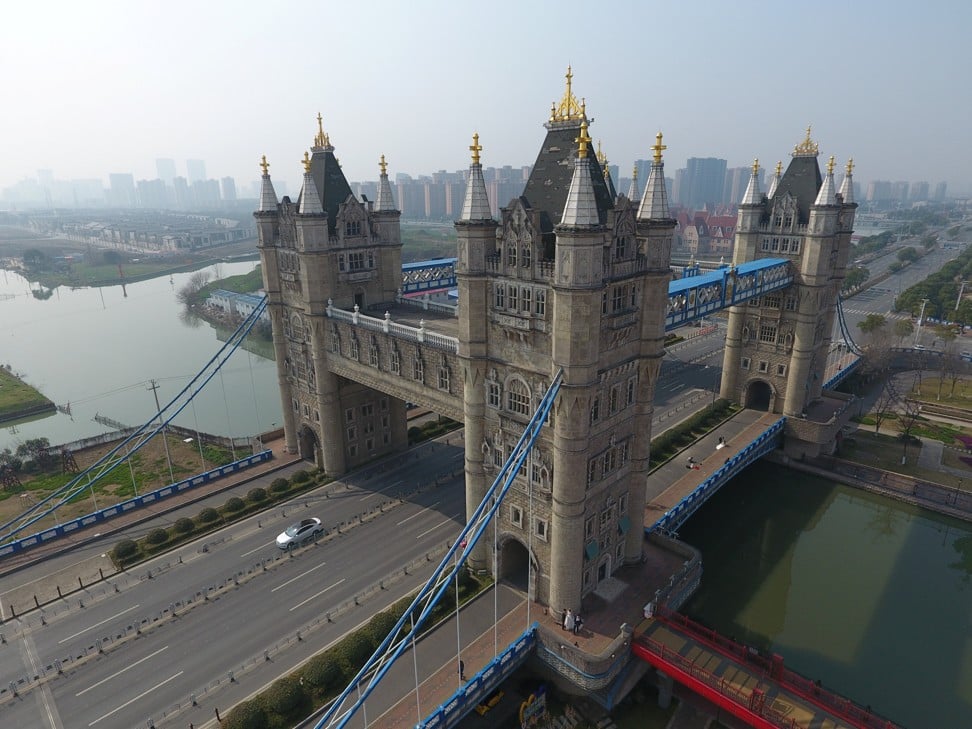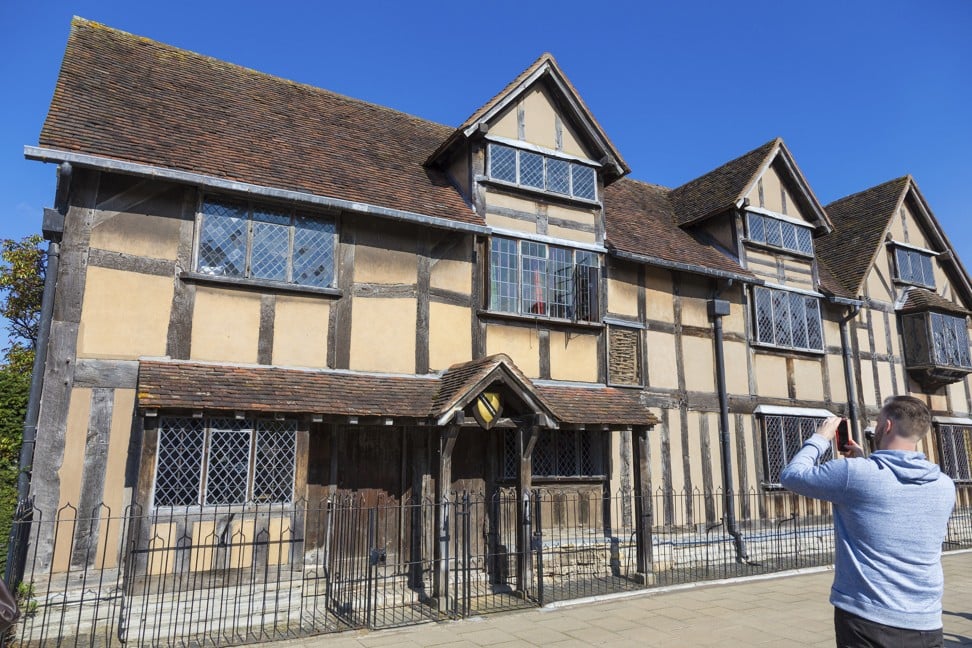
China’s top 14 copies of world-famous tourist attractions
High-street goods are the most common targets for counterfeiters in China, but landmarks, historic buildings and even whole towns and cities have also been ripped off in pursuit of profit
This week China felt the heat from Egypt – again – after a replica of the Great Sphinx, the famous limestone statue which has stood on the west bank of the River Nile for more than 4,000 years, resurfaced at a culture park in Shijiazhuang, Hebei province.
While high-street goods are the most common targets for counterfeiters in China, they are far from being the only ones. World-famous landmarks, historic buildings and even whole towns and cities have been reproduced in the pursuit of profit.
Here are 10 of the world-famous fake structures that can be found on a trek across China:
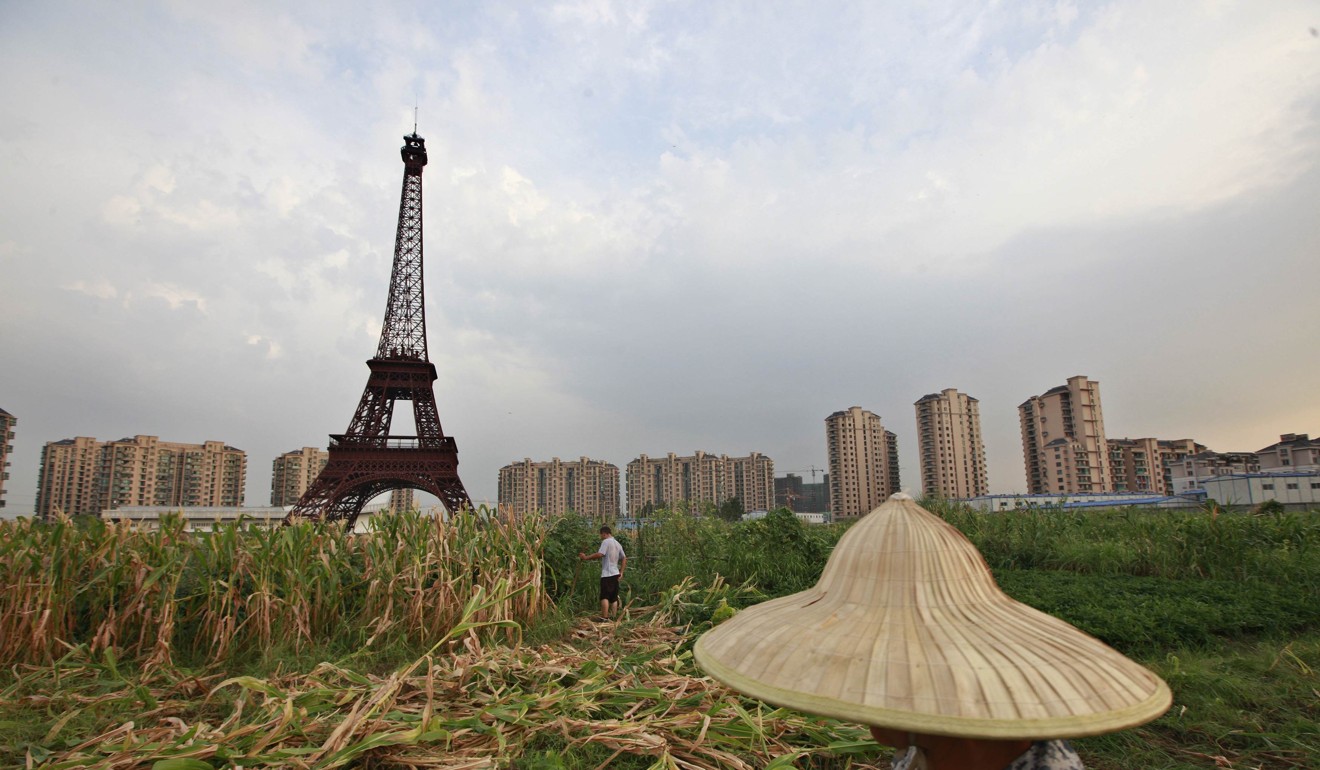
A piece of Paris in Zhejiang
A little piece of Paris landed in Tianducheng, a gated community near Hangzhou in China’s Zhejiang province, in 2007.
The 108-metre-high replica of the Eiffel Tower is accompanied by 12 square miles of Parisian style architecture, fountains and landscaping.
The area even has a replica of the Champs-Élysées called Xiangxie Road, the Chinese name for the famous French avenue.

A replica of the Great Wall of China … also in China
The real Great Wall of China stretches about 9,000km (5,600 miles) across several regions of China, mostly in the north.
Complete with watchtowers and hilly views, the copycat wall received a mixed response on social media when it opened to the public several years ago.
While some people were impressed at the quality of the reproduction, others said it lacked the cultural and historical significance of the real thing.
London’s Tower Bridge – with twice the number of towers
Despite having double the number of towers as the original, the structure in the east China city of Suzhou is undeniably a replica.
The 46-metre-wide bridge, which is open to both vehicles and pedestrians, is frequently used as a backdrop for wedding photographs, though many local people have expressed shame at its existence and called it one of China’s ugliest constructions.
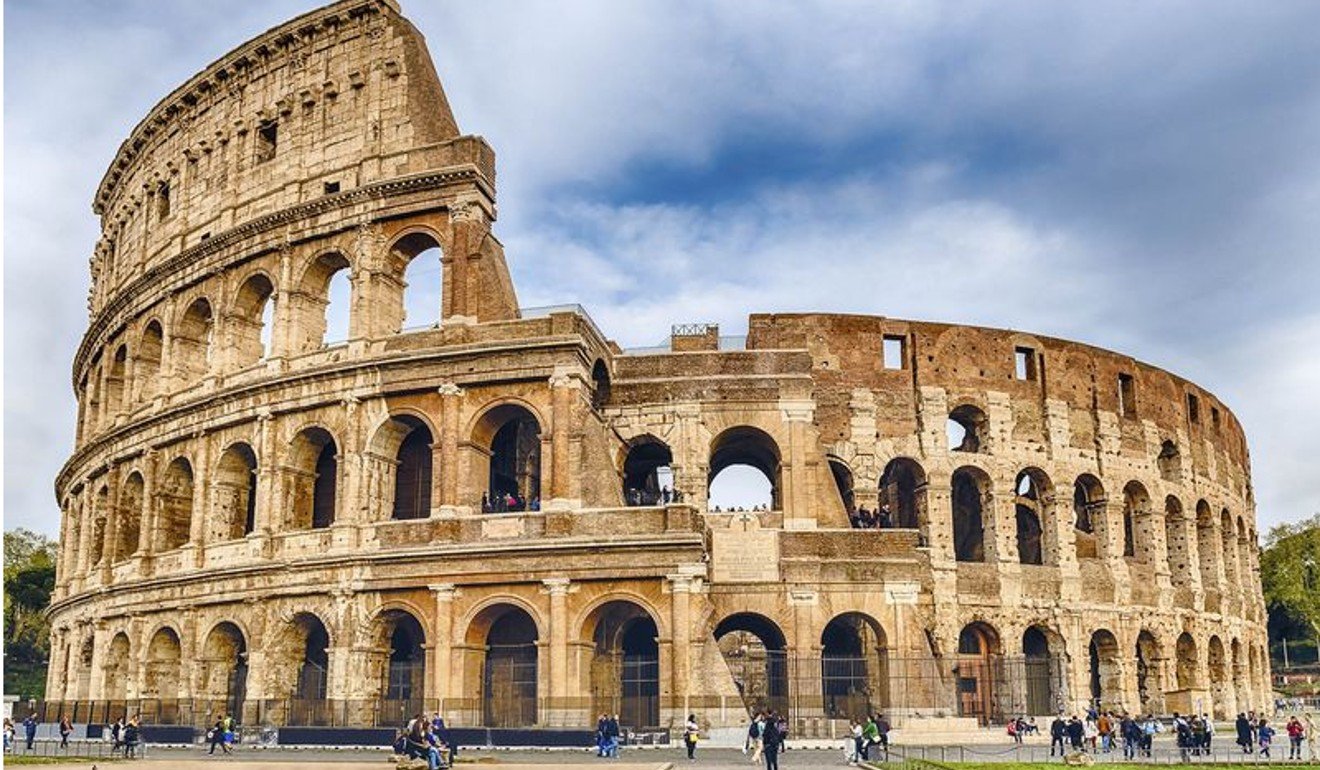
A Colosseum for shopping and merrymaking
Anyone who has visited Macau knows that the former Portuguese colony is a mishmash of European landmarks and nods to the continent’s architecture. One is the Roman Amphitheatre, an outdoor colosseum capable of seating 2,000 people.
While the original Colosseum, which opened in Rome in AD80, was a venue for performances, the one in Macau has shops and a theme park.
And as Macau is the only place in China where gambling is legal, you will also find a casino in the complex.
Venice floats into Dalian
The project, comprising about 200 buildings and 4km of canals – complete with gondolas – opened in 2016, at a cost of 5 billion yuan (US$781 million).

China’s very own Kremlin housing government bureaus
There’s no mistaking that the gold-domed, white-walled complex glistening in the Mentougou district of China’s capital Beijing is a nod to the Kremlin, Moscow’s most famous political landmark.
The complex houses several government bureaus, including the Mentougou Weather Bureau, and cost up to US$3.5 million to build.
But it is a poor man’s version of the real thing, and factories in the background churning out smoke serve as a reminder of where it is.
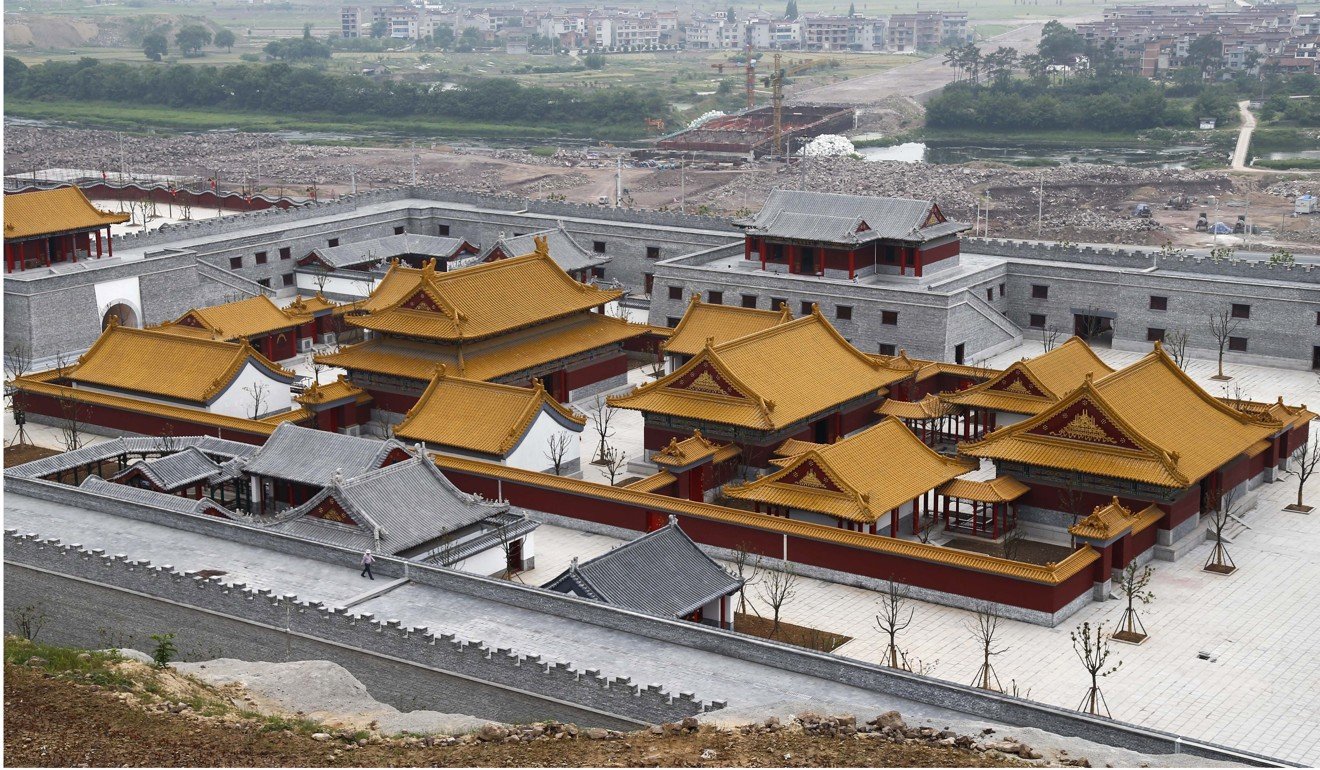
A brand new Old Summer Palace
The Old Summer Palace in Beijing was once a grand complex of palaces and gardens built in the 18th and early 19th centuries.
In 1860, however, it was ransacked and looted by British and French troops who left little more than the ruins that remain on the site to this day.
London sundial sculpture shows up in Shanghai
Her original is an iconic London sculpture titled Timepiece, and has been a landmark next to Tower Bridge since 1973. The Chinese version was later demolished.
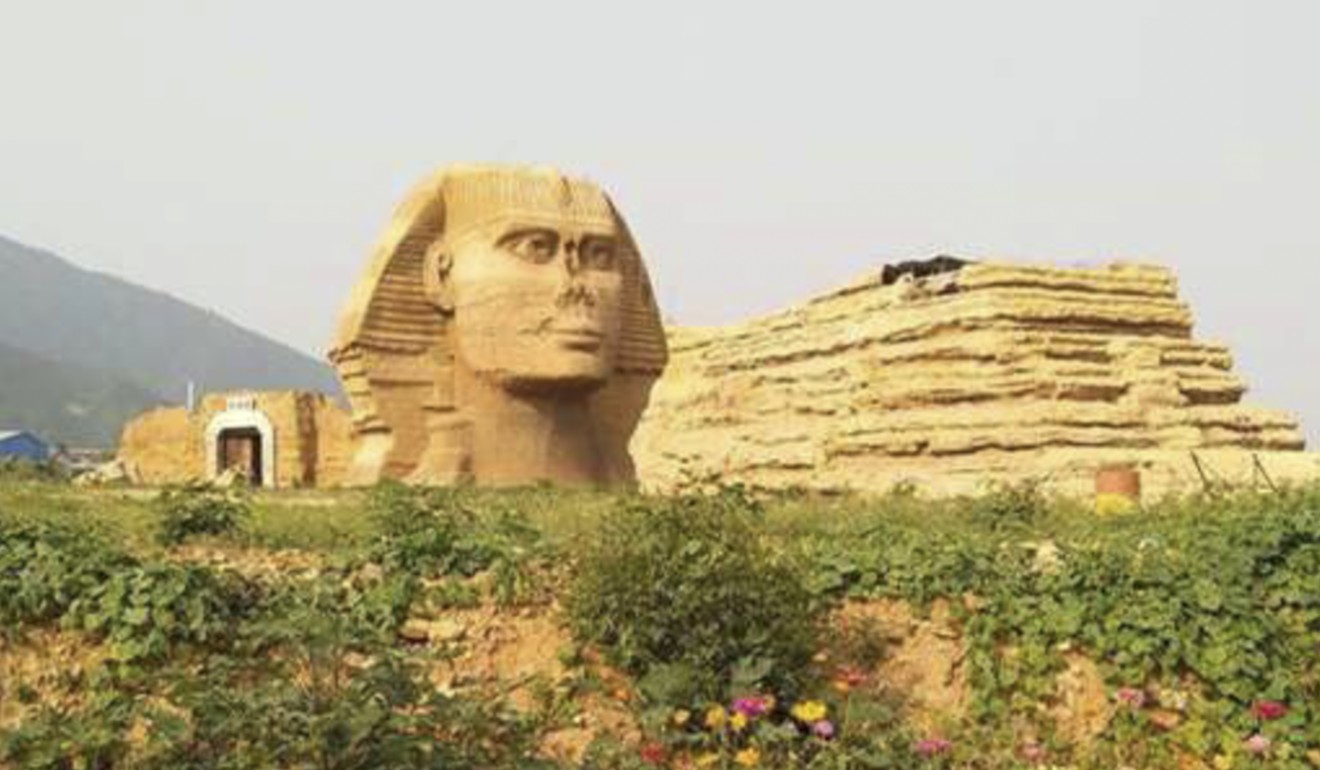
China’s fake Sphinx reappears
The statue was built as a film prop in 2014 and demolished two years later following complaints from Cairo.
Chinese city recreates Shakespeare’s hometown
Unlike most of the companies in this feature, however, the team behind the Shakespeare project – from Fuzhou in Jiangxi province – got permission from the authorities in Stratford as well as the Shakespeare Birthplace Trust before going ahead with their plans.
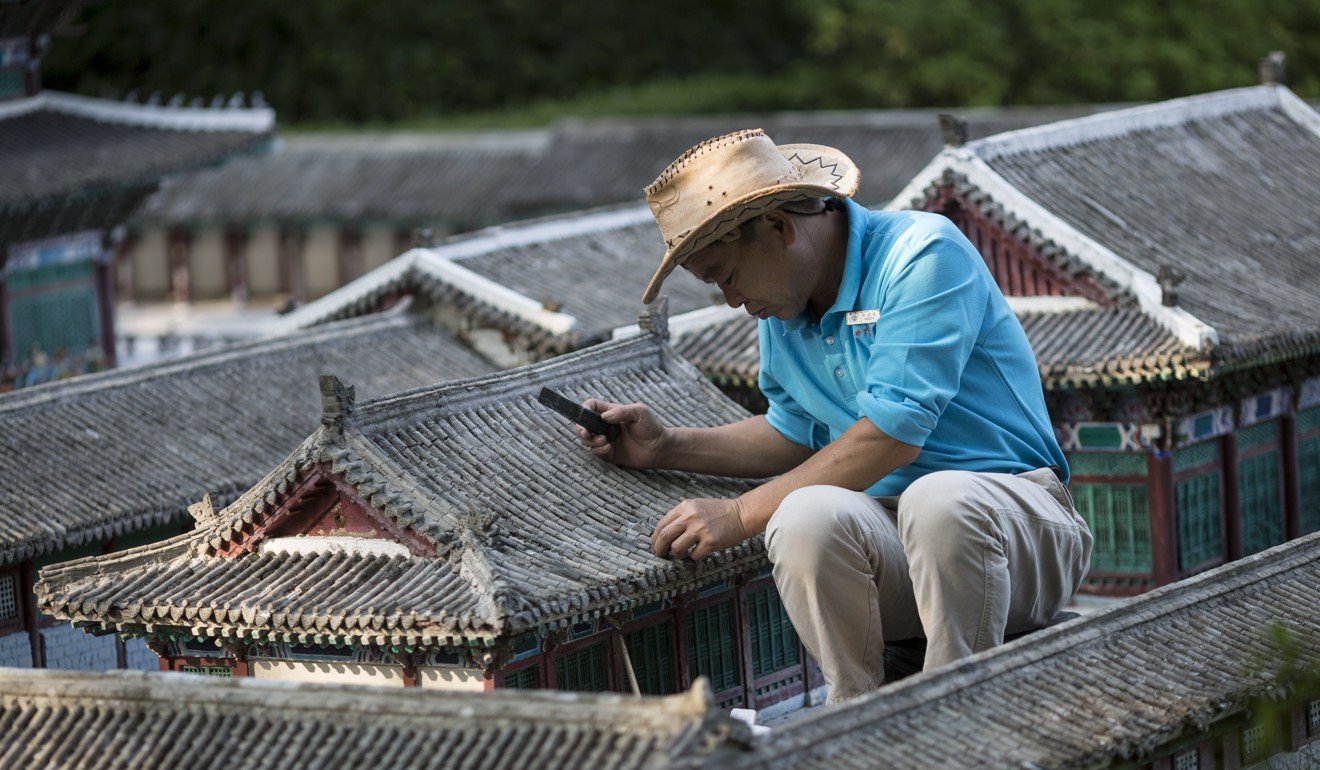
Look through the Window of the World
How could we forget this theme park complex across the border in Shenzhen? Comprising around 130 reproductions of some of the world’s most famous tourist attractions crammed onto 48 hectares, the park includes Italy’s Leaning Tower of Pisa, America’s Lincoln Memorial, India’s Taj Mahal, Japan’s Shirasagi Castle – the whole world covered in a day.

Beijing’s ‘Bird’s Nest’ Olympic stadium goes green
While the project has not been formally touted as a duplicate, the resemblance is hard to miss. Although the new stadium will be much “greener” than the original, as it will have solar panels built into its steel roof.
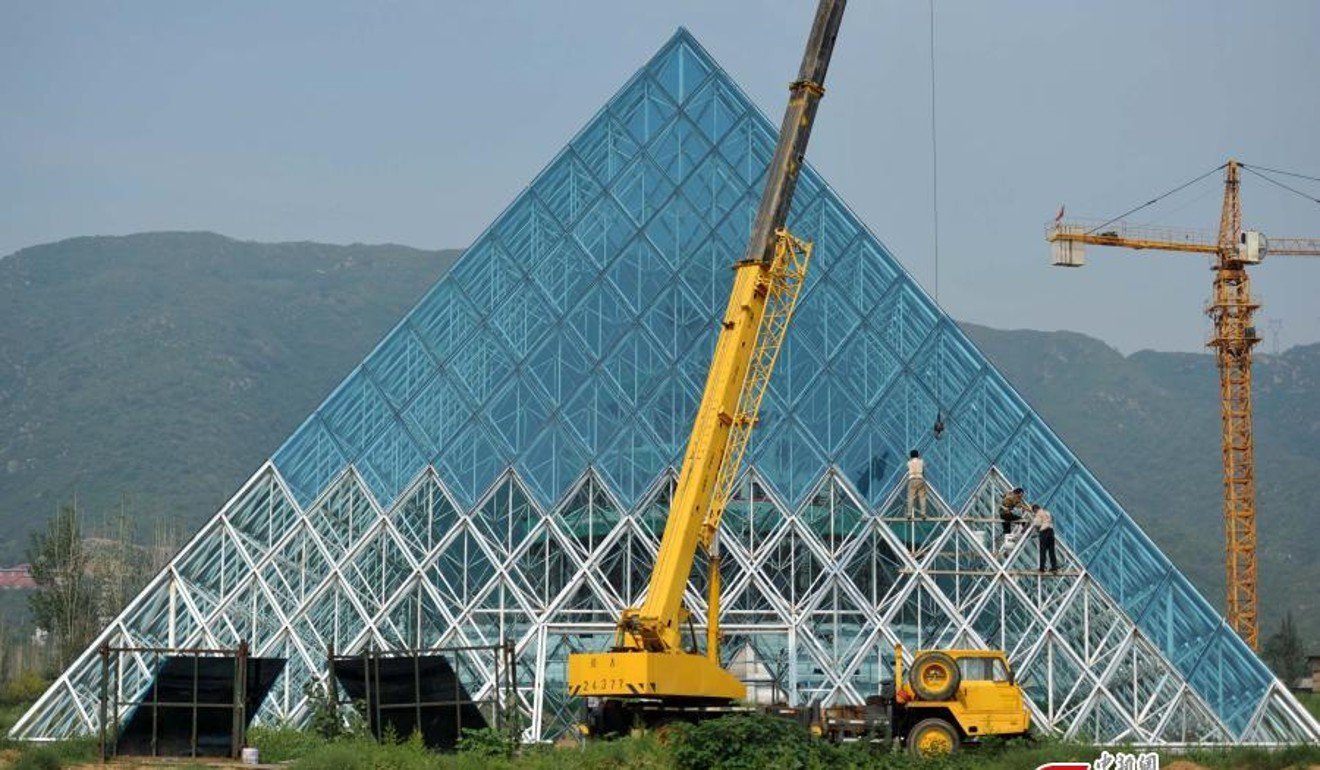
Replica of the Louvre pyramid joins fake Sphinx

3D printers recreate World Heritage Site in China


